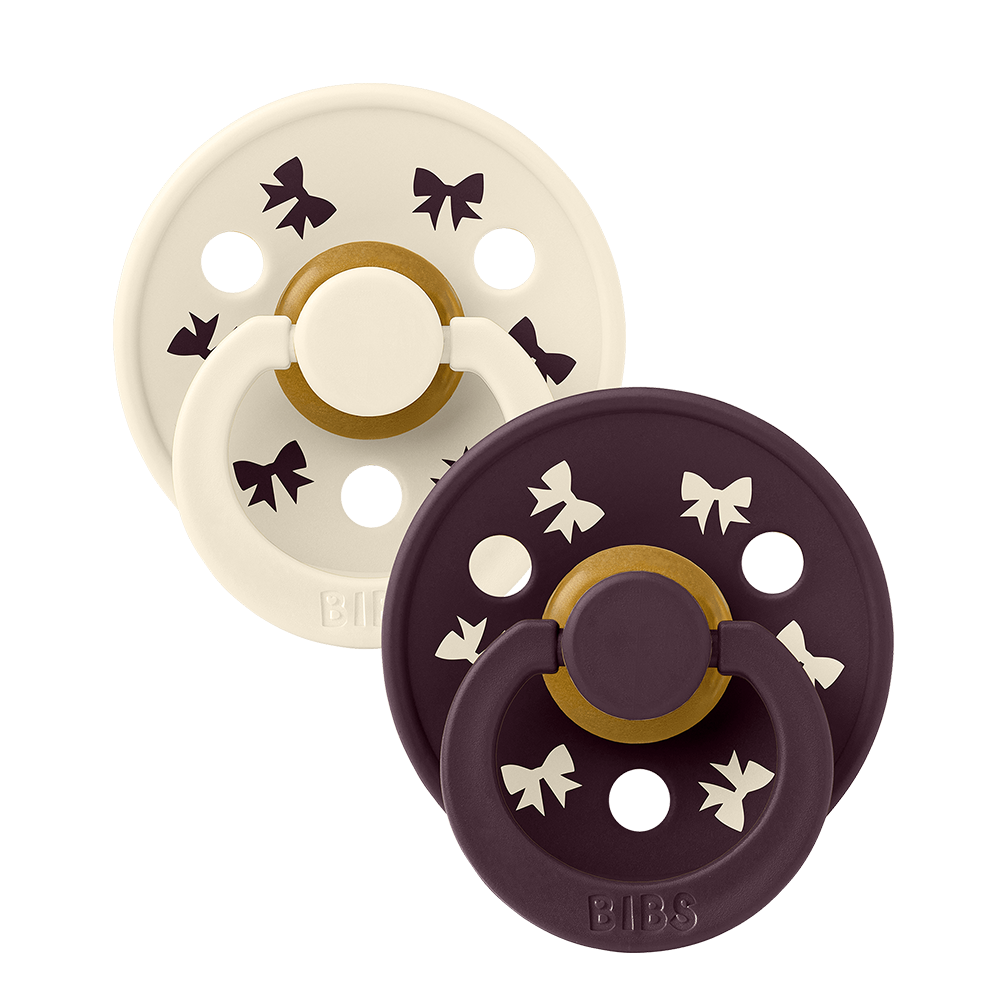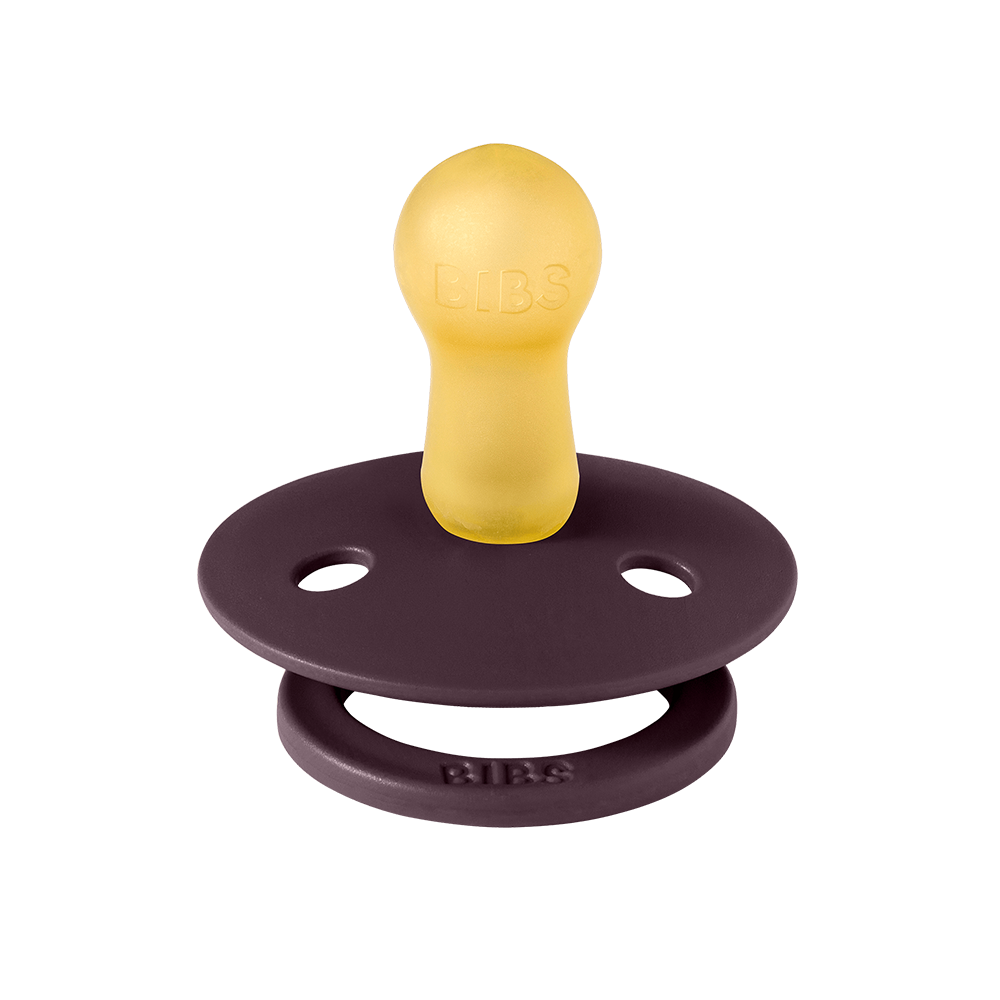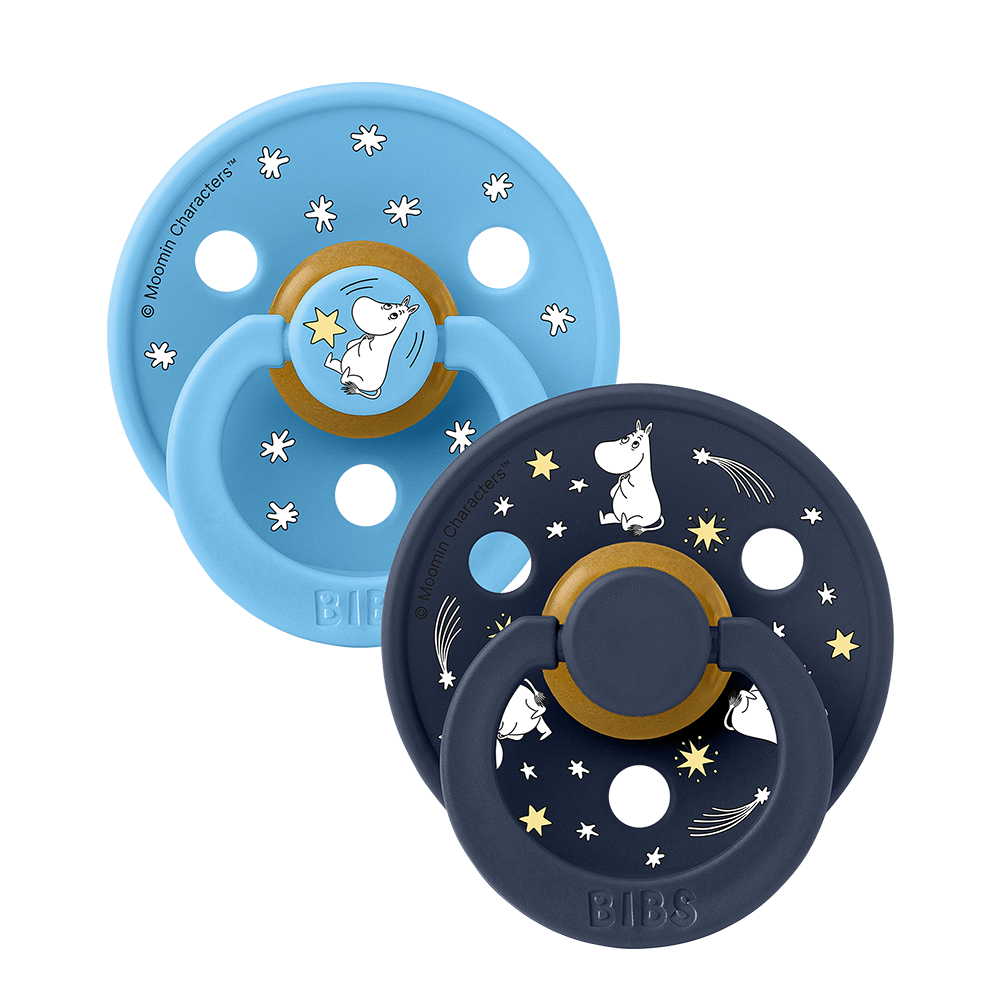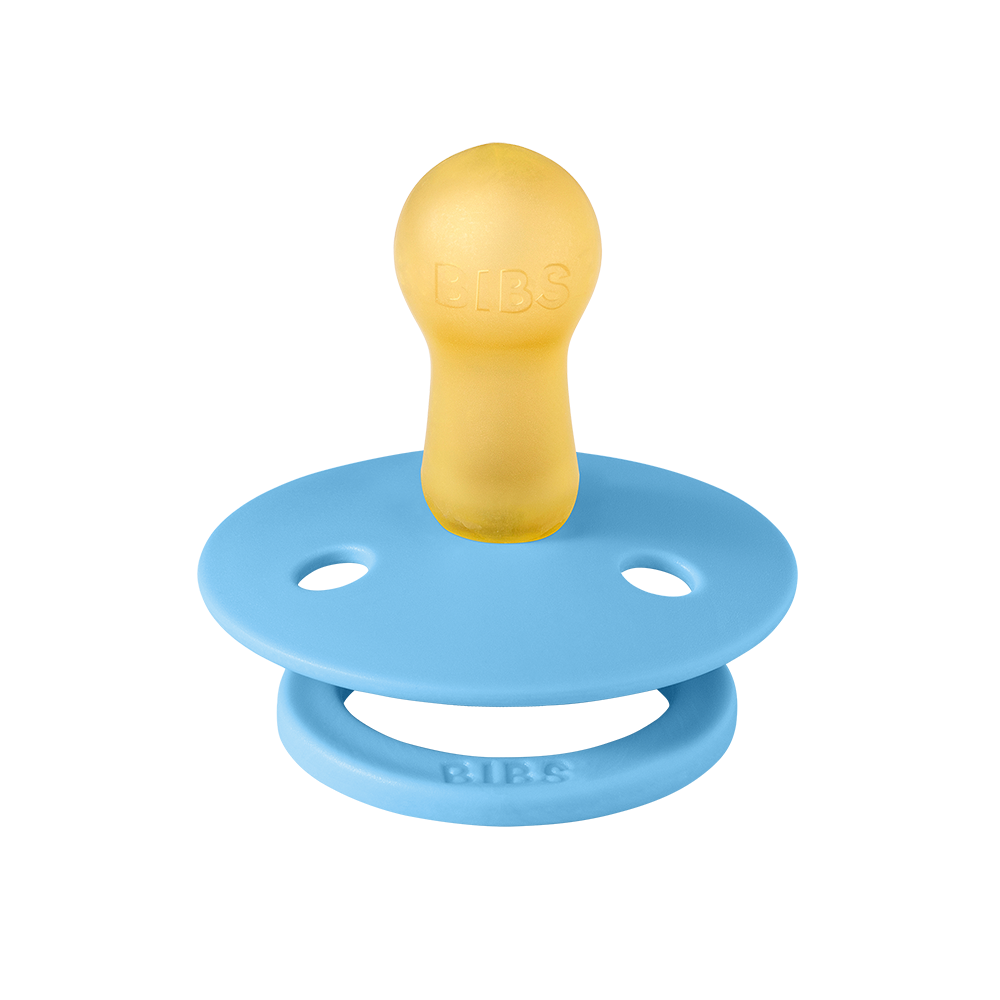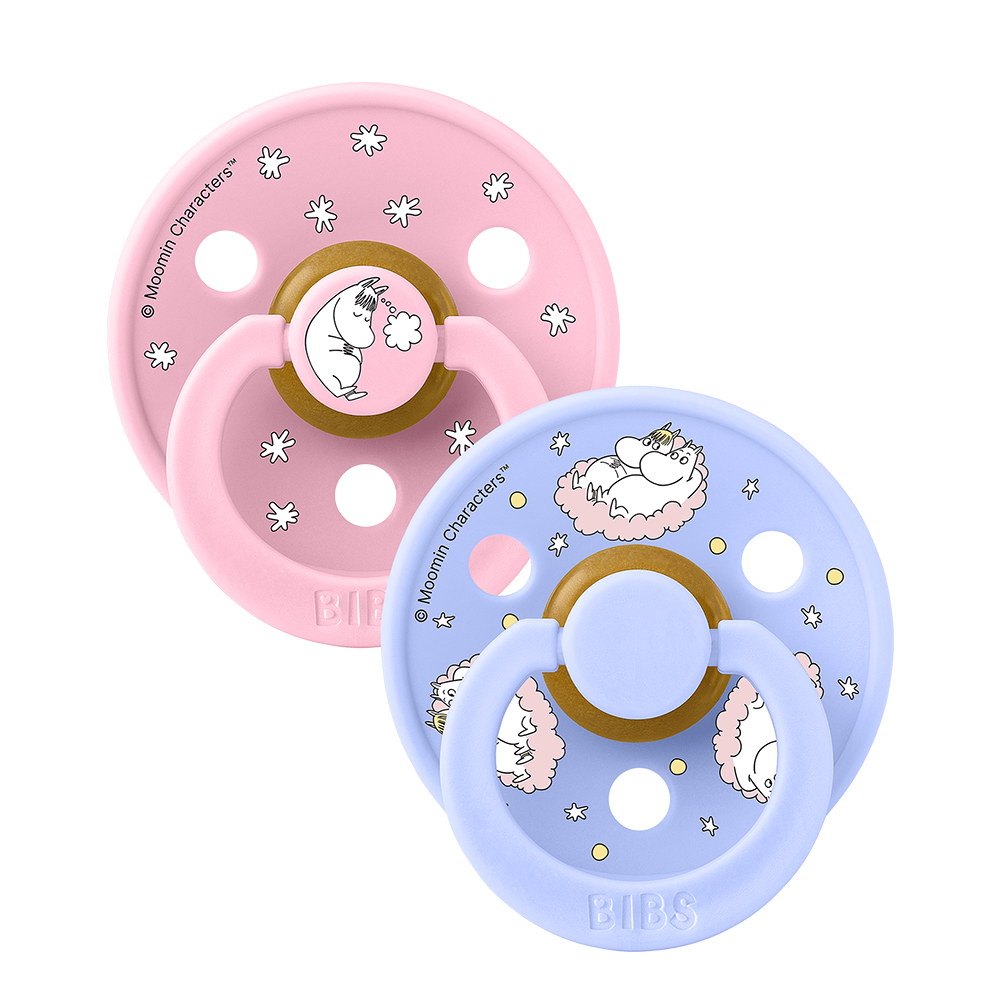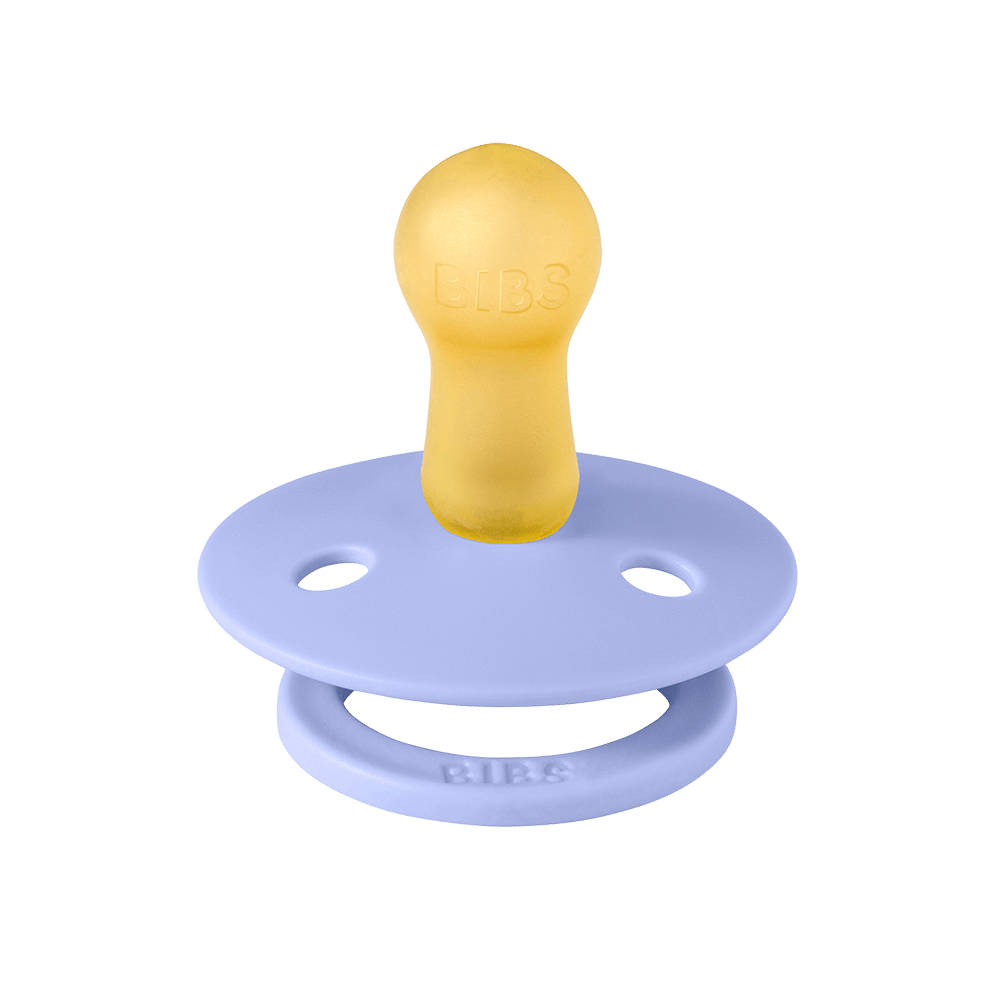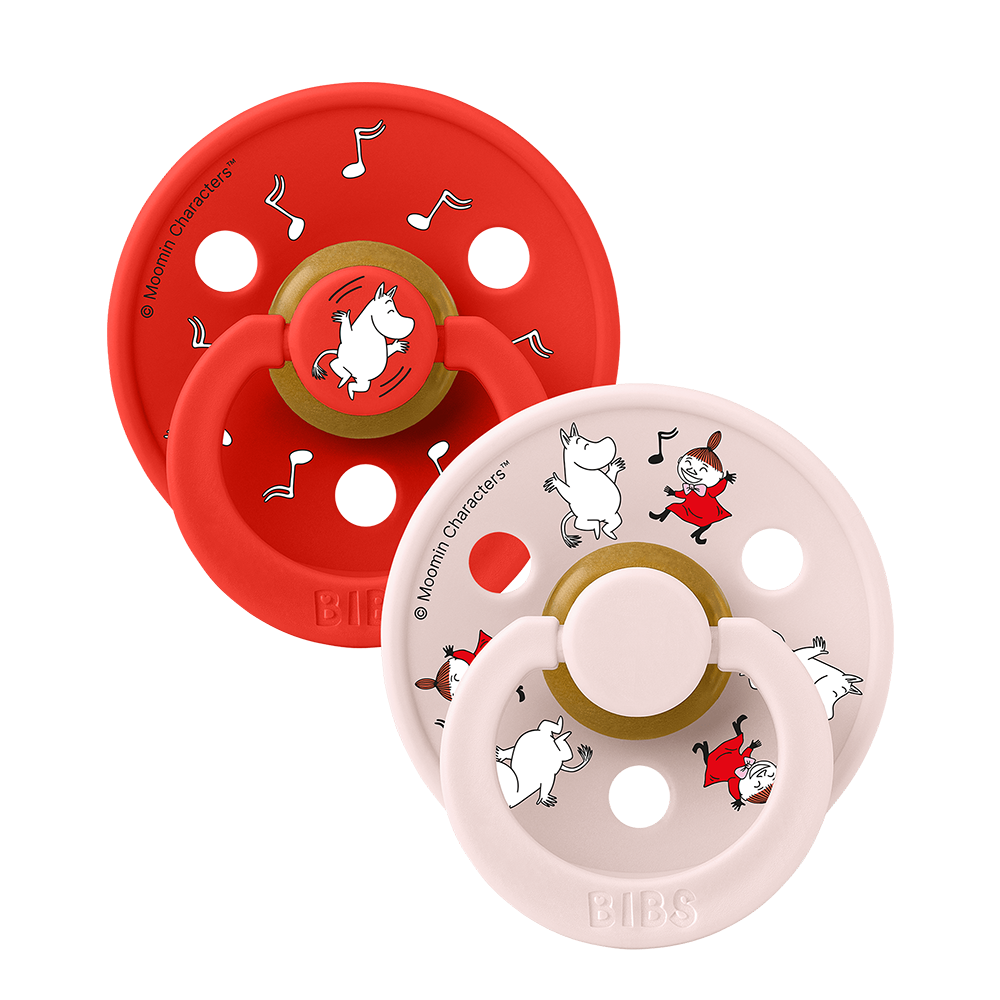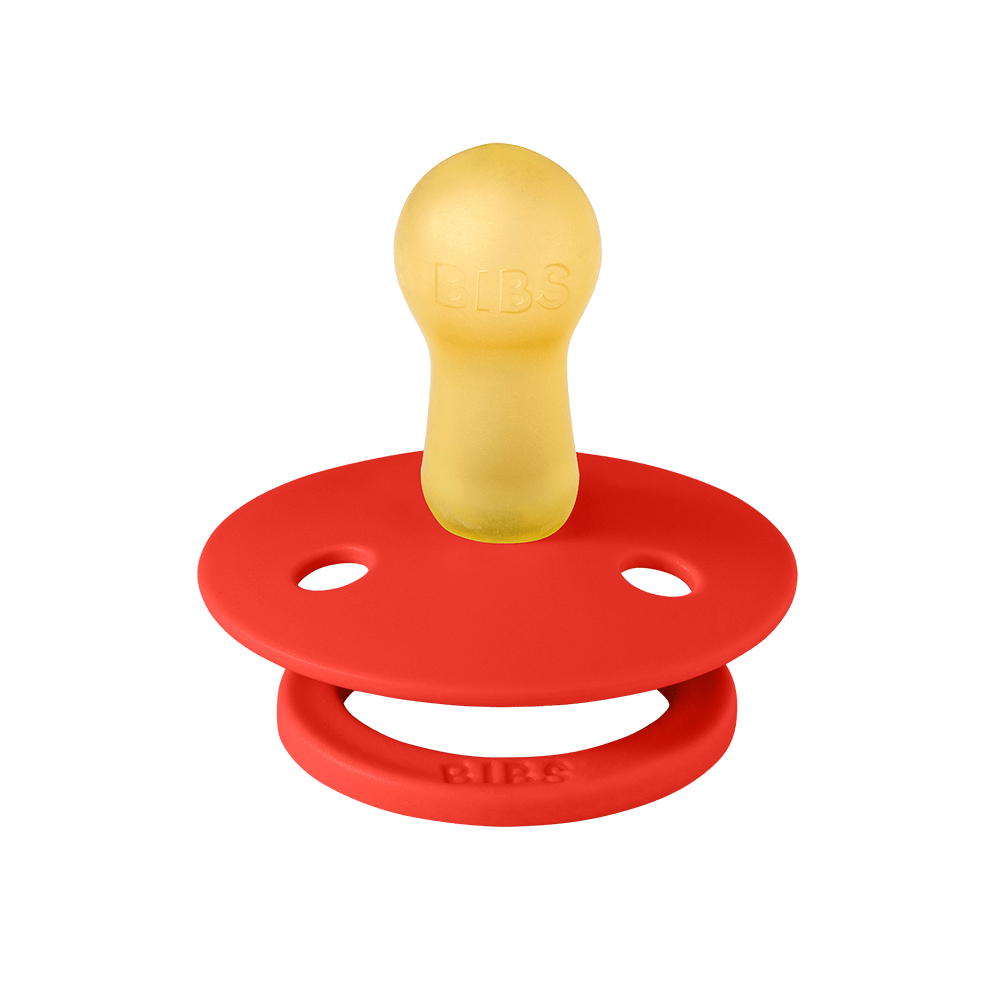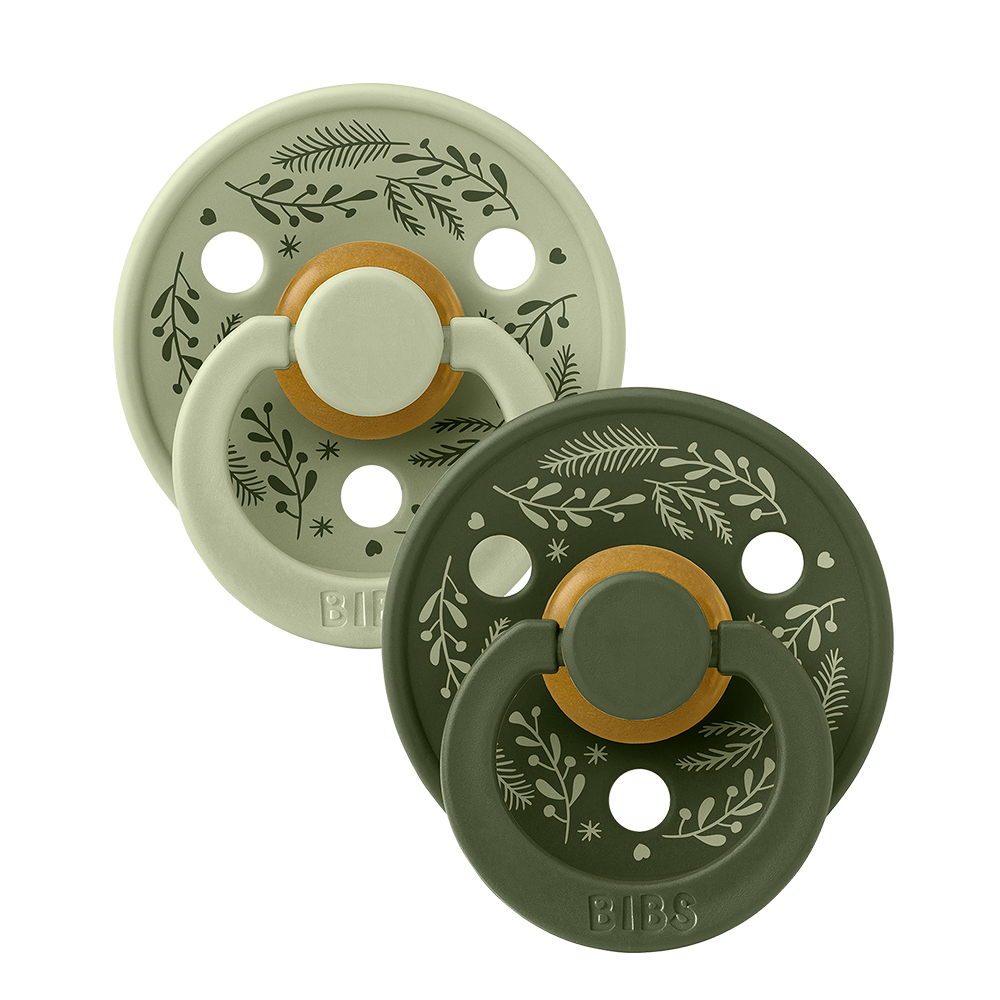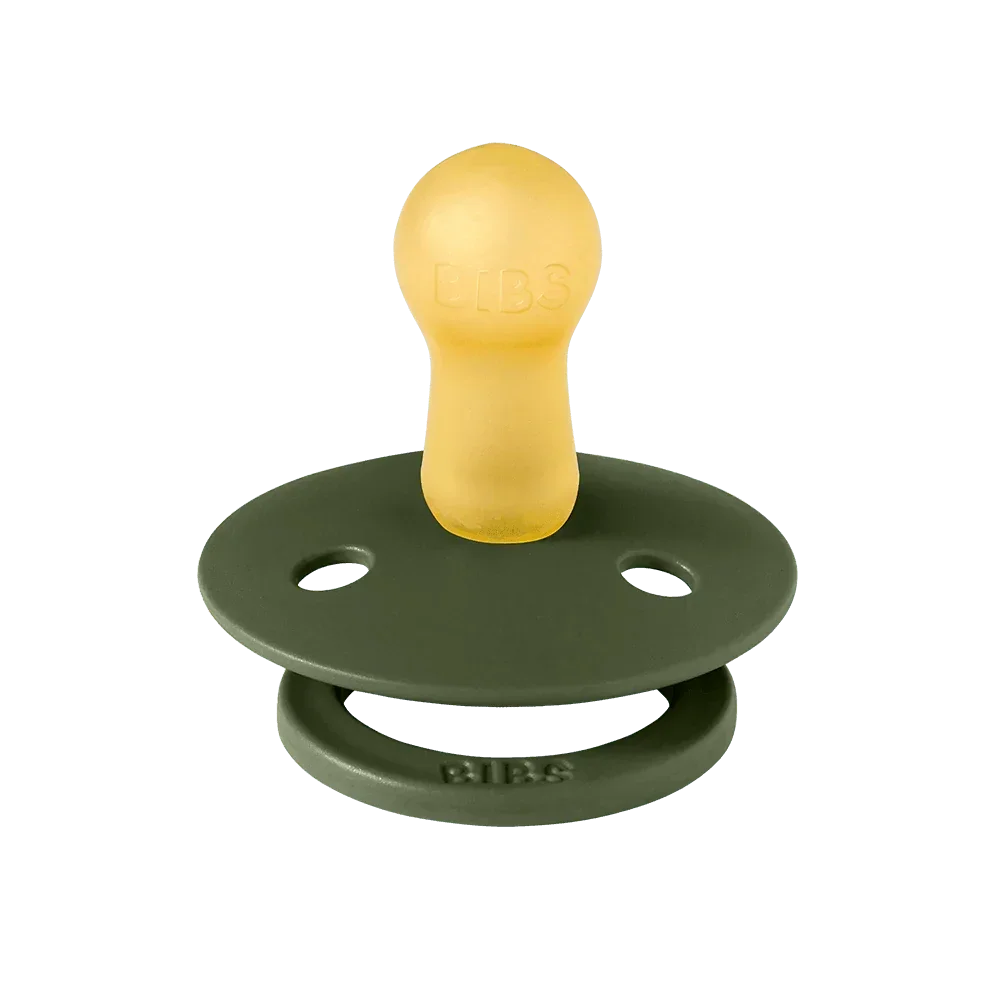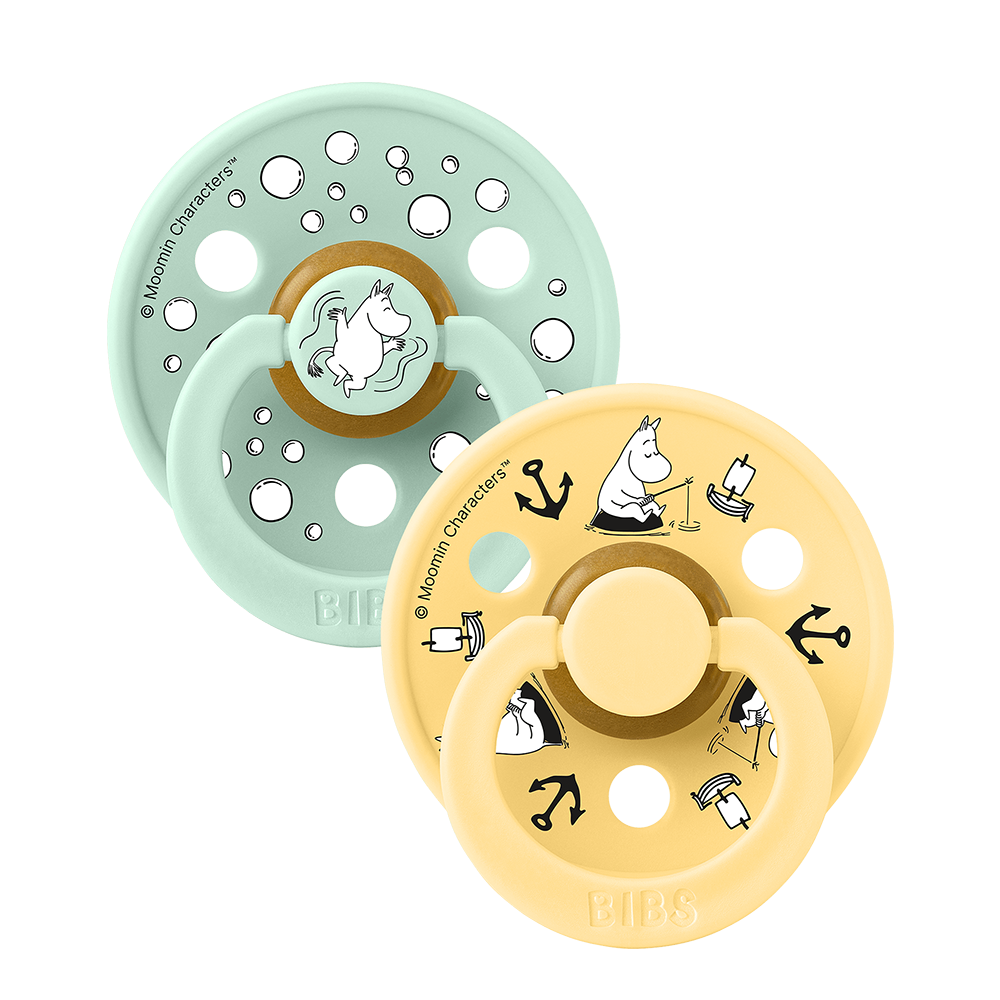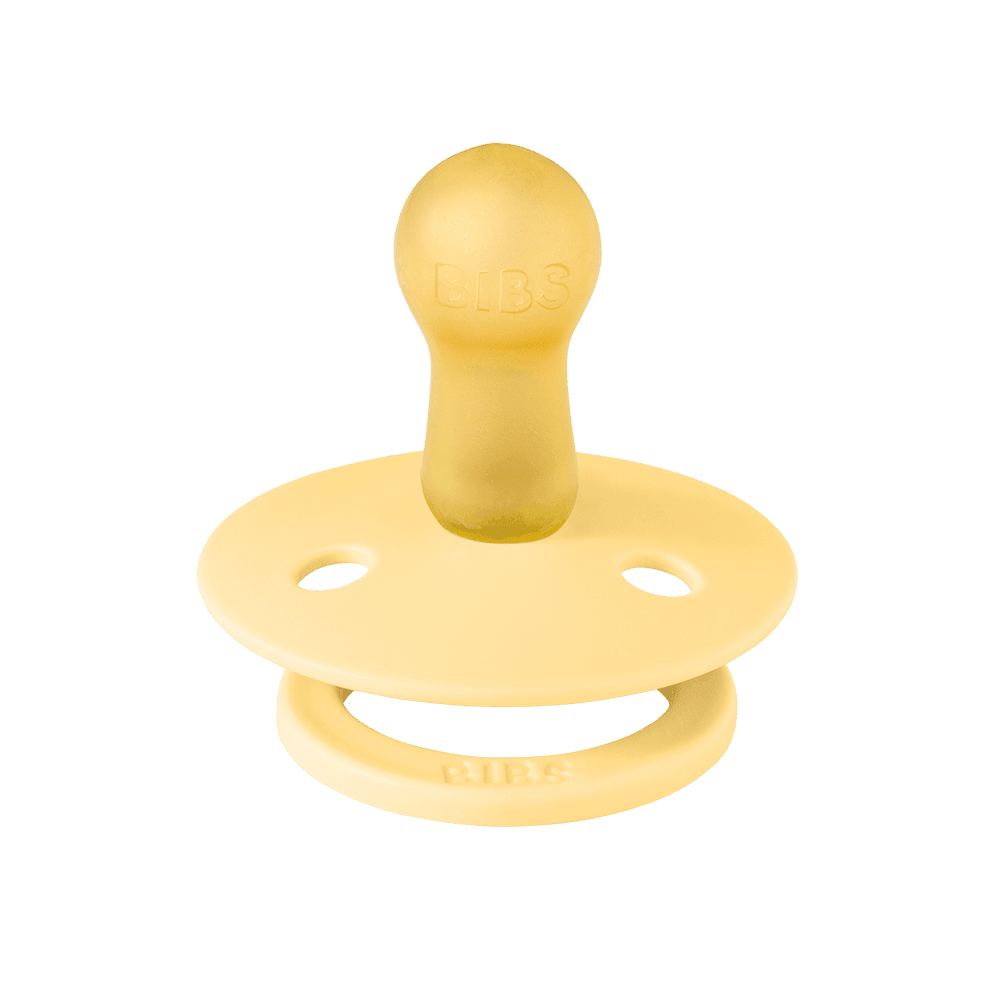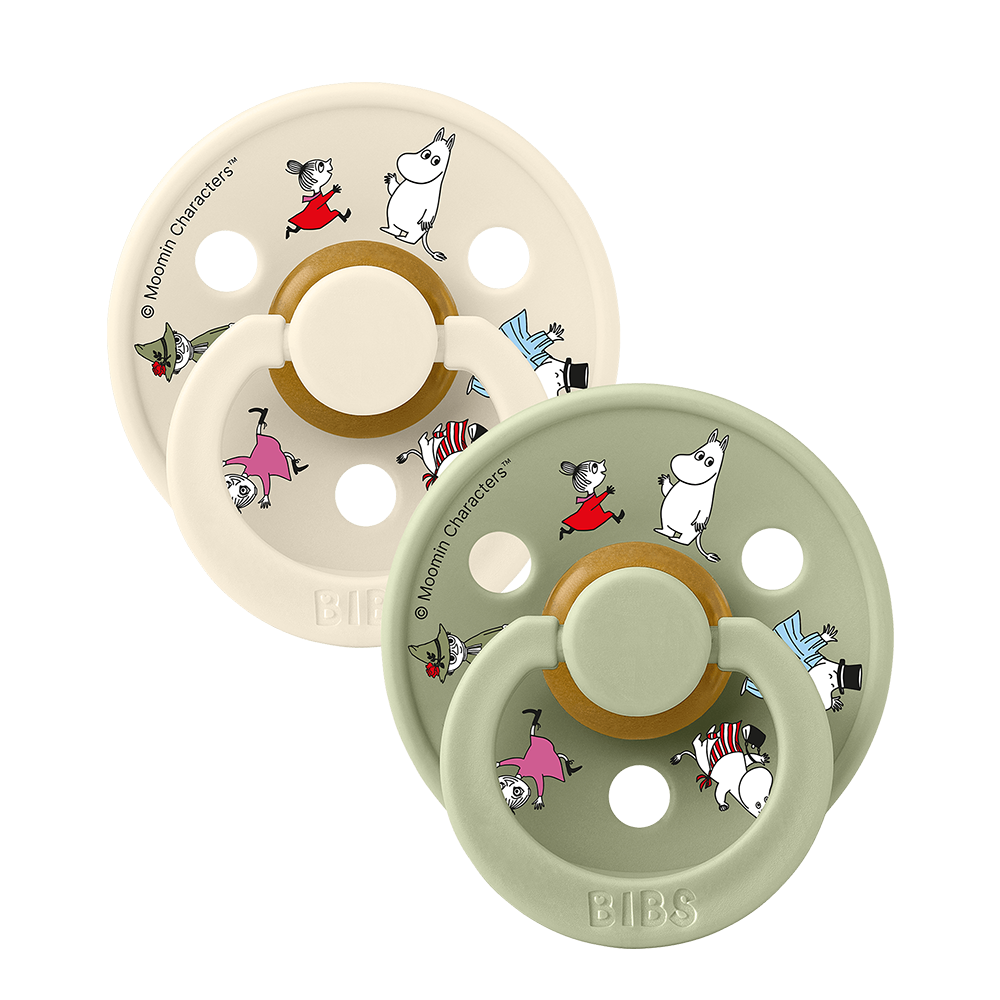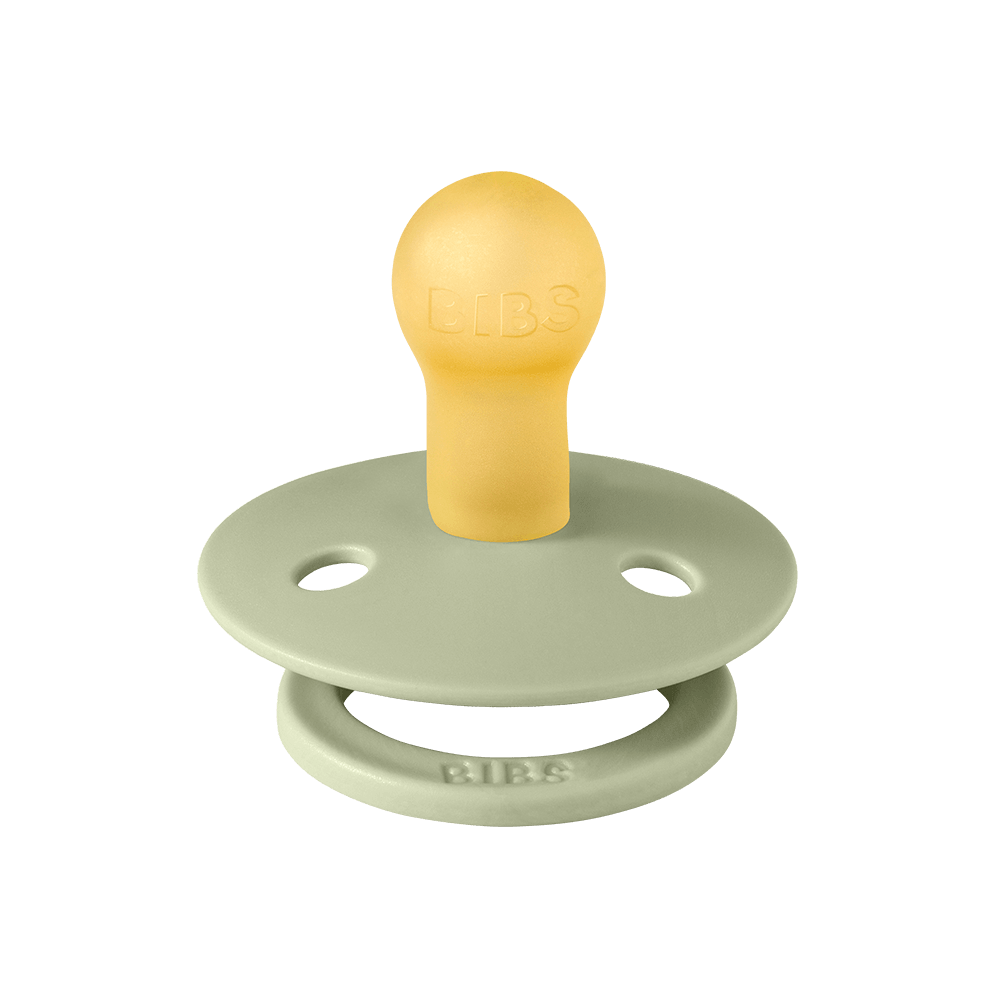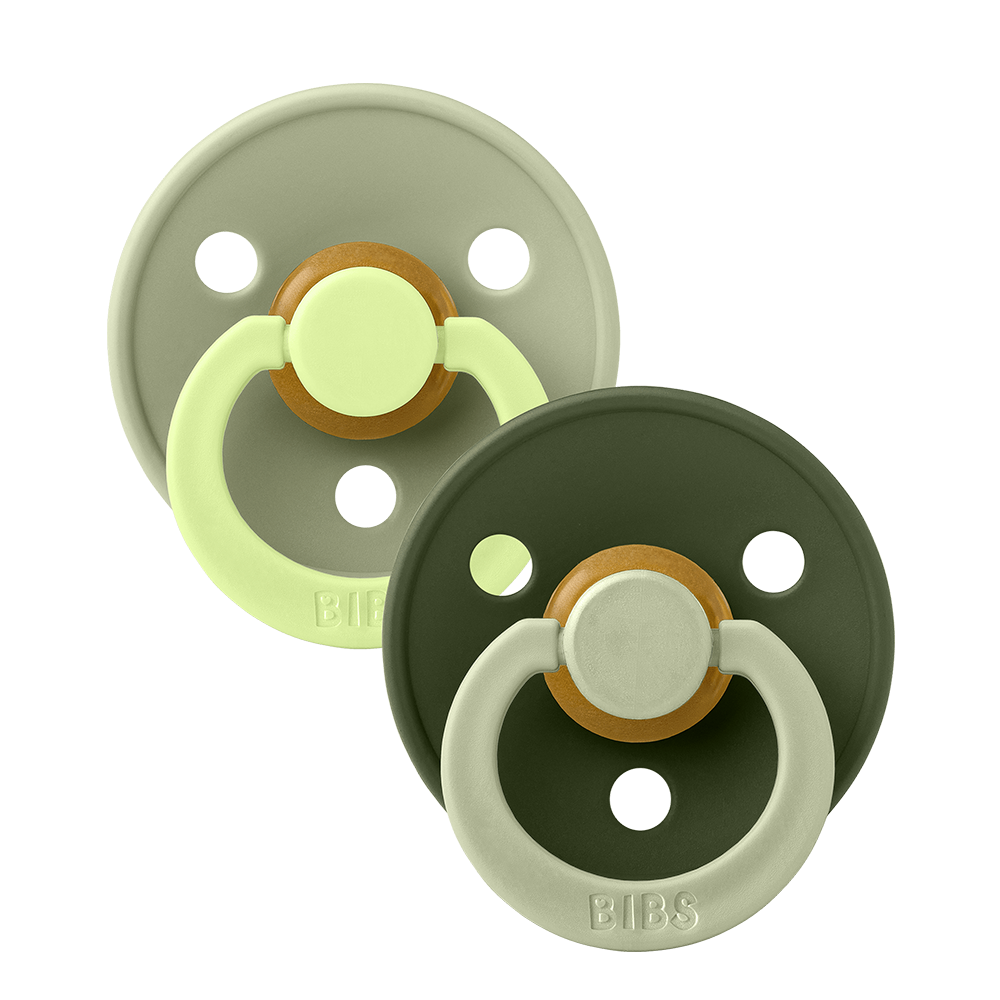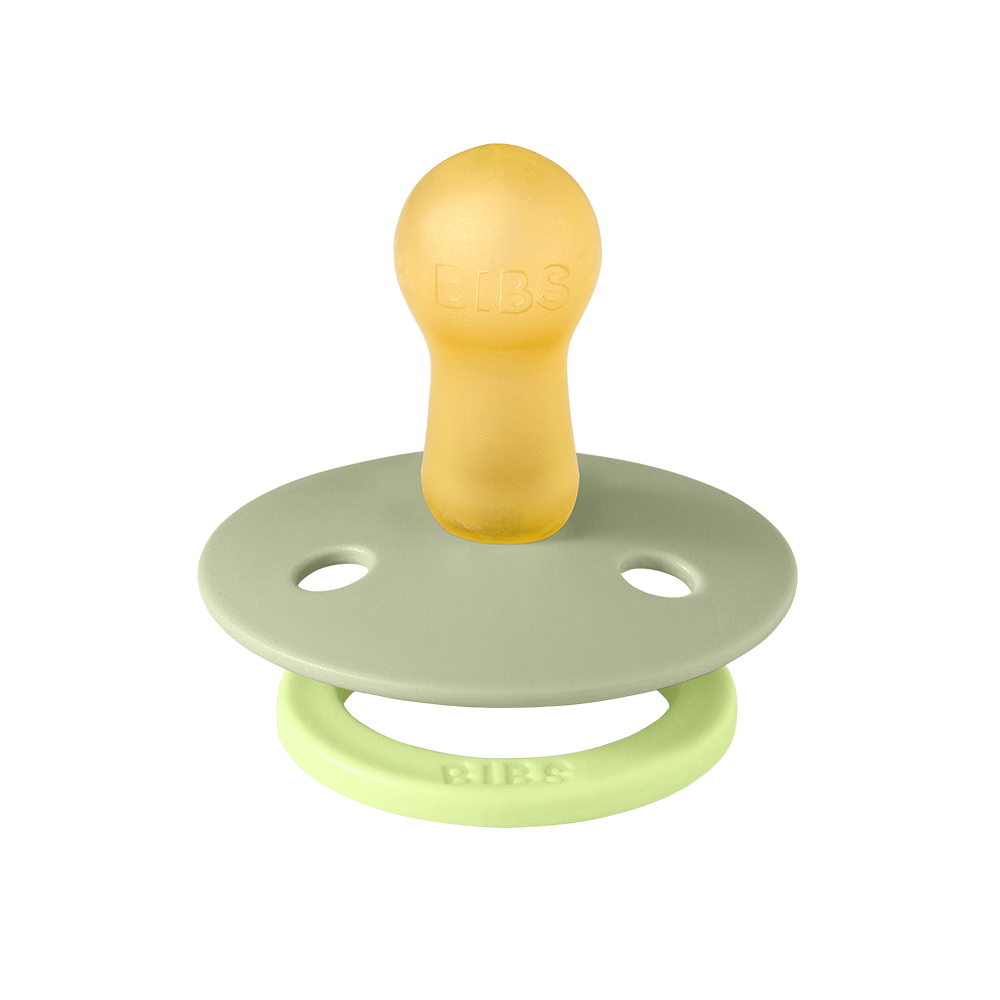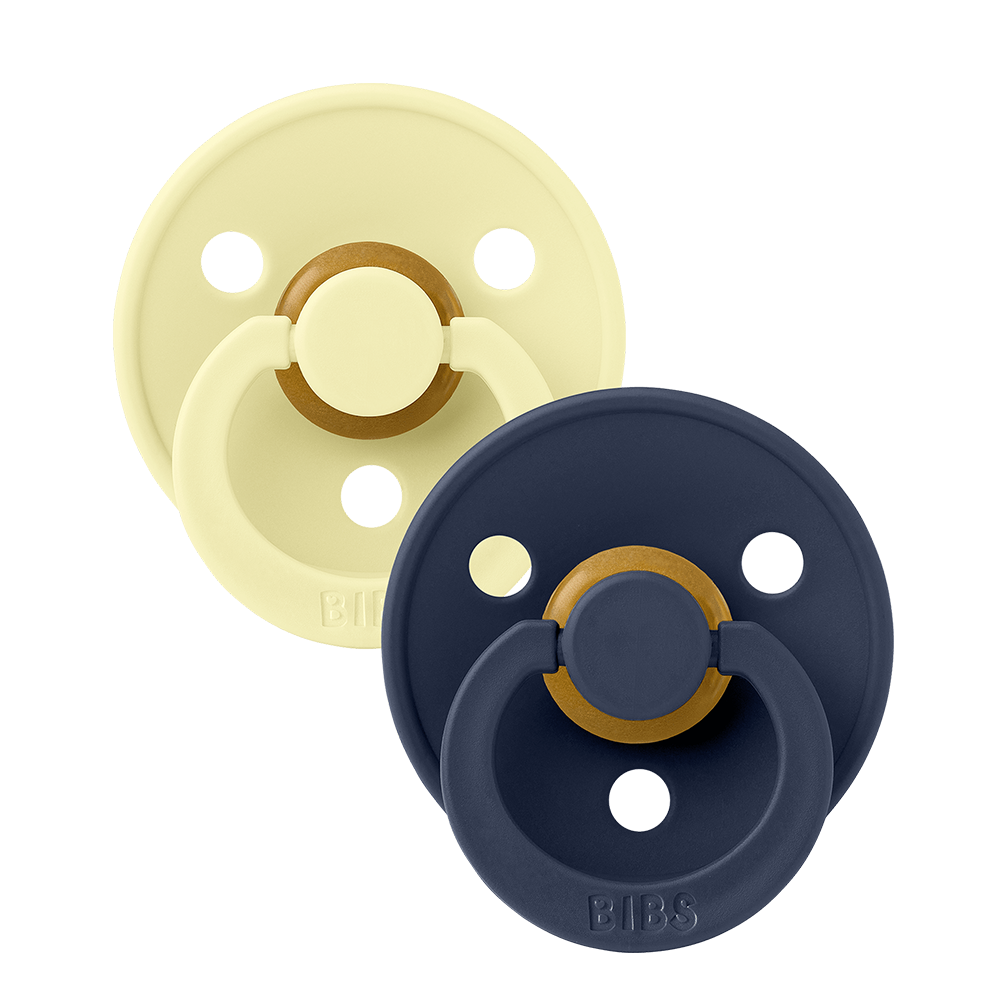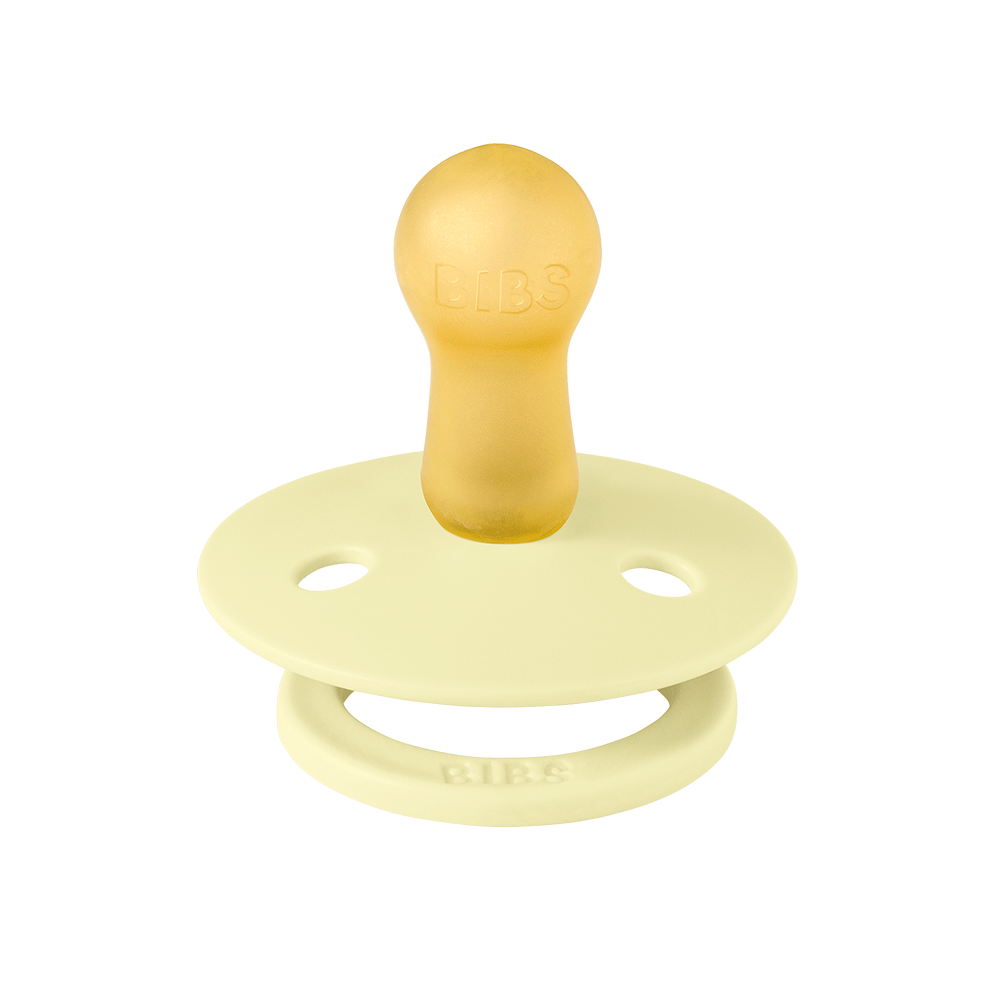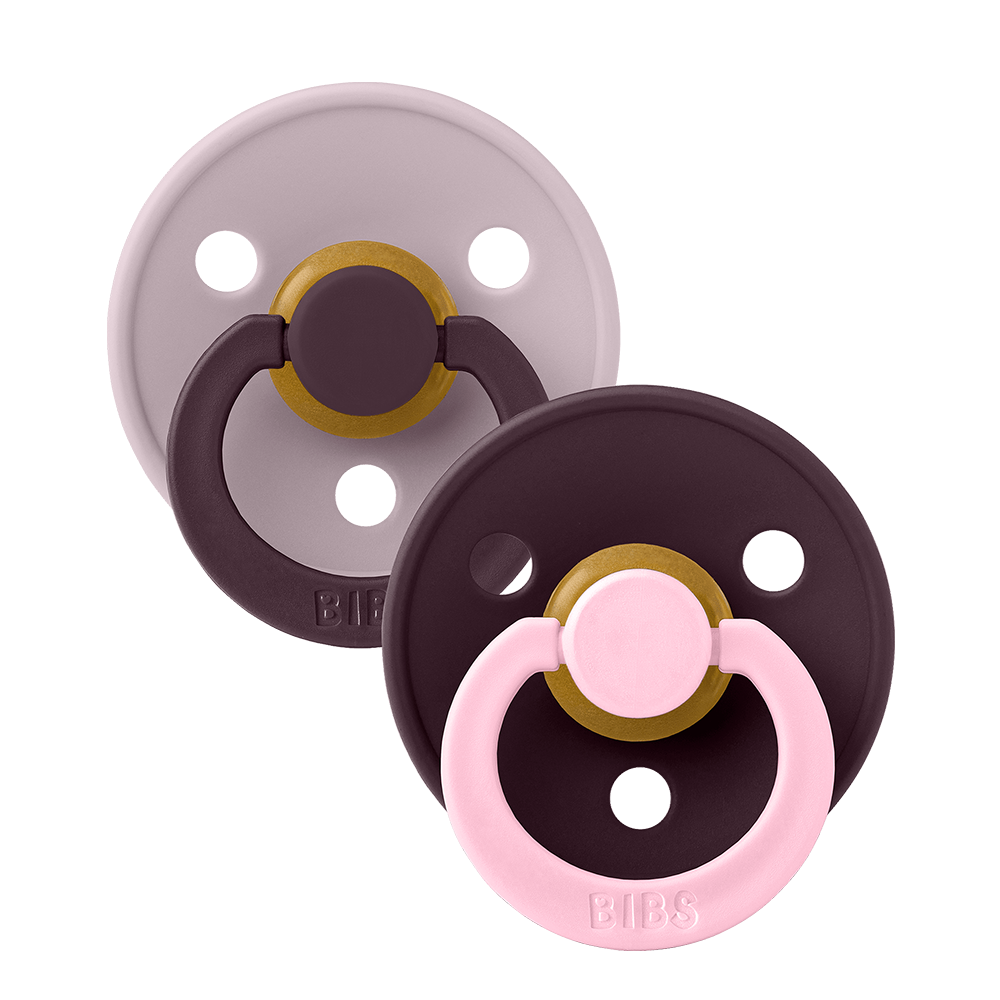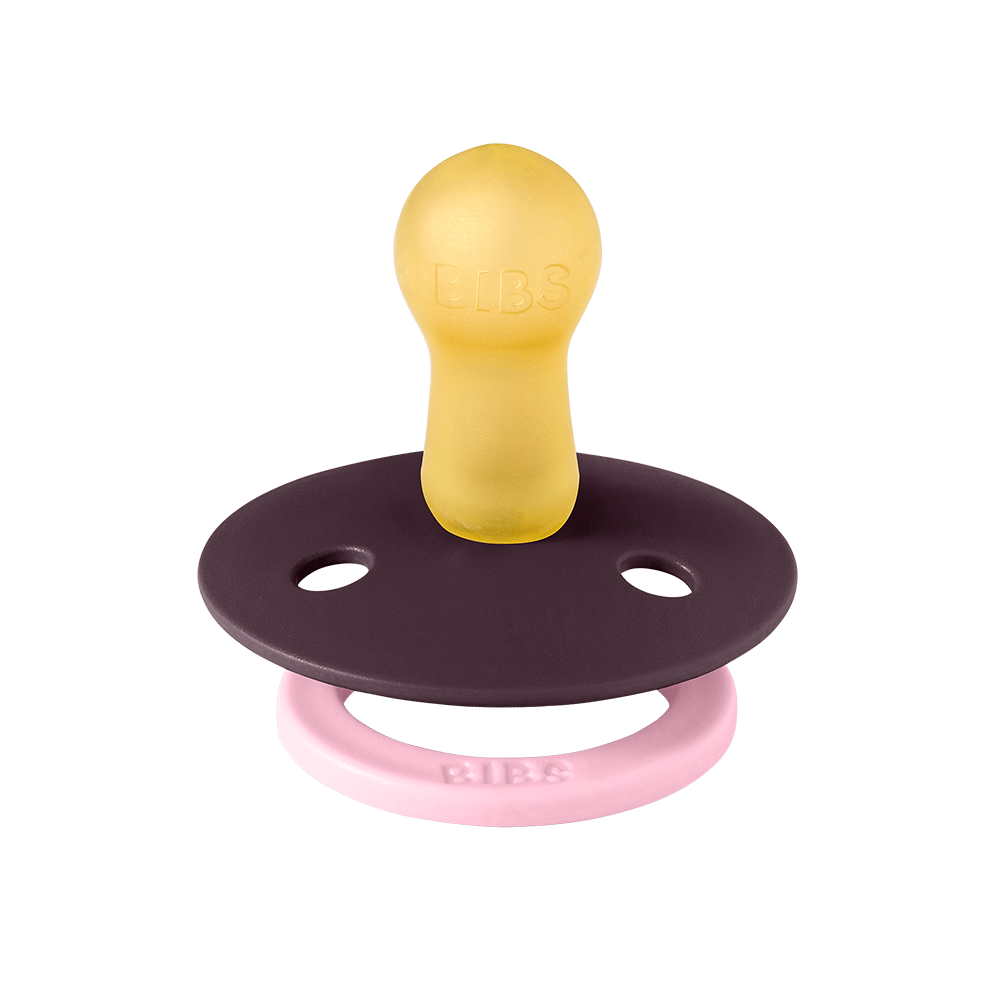When Can Babies Use Utensils? A Guide to Milestones and Tips

Learning to self-feed is a significant milestone in a baby's development. It promotes fine motor skills, independence, and an understanding of the concept of cause and effect. Generally, babies show interest in using utensils between the ages of six and nine months. During this period, they often want to participate in feeding themselves, which is a natural progression from the palmar grasp to the pincer grasp.
The transition to self-feeding with utensils is gradual, building on these developing motor skills. It's important for parents to recognize when their child is ready and to introduce appropriate utensils to support this learning.
Introducing your baby to utensils involves more than just handing them a spoon. It's about providing them with tools that they can hold and manipulate easily. Soft-tipped, easy-grip spoons and forks designed for smaller hands can make the experience more enjoyable and successful. Initially, there may be more food on the floor than in their mouth, but with time and practice, they will improve. As a parent, your role is to provide encouragement and the right environment for these skills to flourish. Pairing utensils with the right types of foods, ones that are easy to scoop and won't cause frustration, can make for a smoother introduction.
Key Takeaways
- Babies typically begin to use utensils between six to nine months.
- The right utensils, designed for small hands, facilitate successful self-feeding.
- Encouragement and practice are essential for developing these new skills.
When Can Babies Use Utensils?
Introducing your baby to utensils is an important milestone in their development. Typically, this transition can begin when your child is between 12 to 18 months old. At this stage, babies are developing the fine motor skills necessary to hold and manipulate spoons and forks.
Key Signs of Readiness:
- Ability to sit up without support
- Interest in food and self-feeding
- Pincer grasp development (using thumb and forefinger to pick up objects)
Types of Utensils:
- Spoon: Begin with thick-handled, rubber-coated spoons that are easy to grip.
- Fork: Move on to plastic forks with blunt tines, ensuring safety while encouraging self-feeding.
Tips for Successful Introduction:
- Start with easy-to-scoop foods like oatmeal or yogurt.
- Show your child how to dip the spoon and bring it to their mouth.
- Offer utensils during mealtime, but don’t force if they show resistance.
Your role during this period is to encourage exploration and practice. Remember, it’s normal for babies to be messy and to eat with their hands alongside using utensils. With patience and the appropriate tools, your baby will learn this new skill. To support their journey, consider choosing utensils designed with baby's grasp and development in mind, such as those offered by BIBS, a brand renowned for its range of high-quality baby products. By providing your child with ergonomically designed utensils, you're setting them up for a positive and successful self-feeding experience.

Preparing for Utensils
Before your little one begins to navigate the world of self-feeding, a considered approach to introducing utensils is vital for a successful transition from fingers to spoons and forks.
What to Do Before Introducing Spoons and Forks to Your Baby
Assessment of Readiness: Your baby should display signs of readiness for self-feeding before you introduce utensils. These signs include being able to sit upright without support, showing an interest in food and in your eating habits, and having the ability to grasp objects.
Choose the Right Utensils:
- Opt for utensils with thick, soft-grip handles that are easy for little hands to hold.
- Select spoons with a gentle curve that fits comfortably in your baby’s mouth.
- Consider utensils made from materials that are safe and easy to clean, such as BPA-free plastic, silicone, or stainless steel.
Establish a Routine: Consistency is key for babies learning any new skill. Offer utensils during mealtimes when your baby is alert and not too hungry or tired.
Create a Positive Environment:
- Ensure that feeding time is relaxed, without rushing or pressuring your baby.
- Praise attempts at using utensils, even if unsuccessful at first.
Modeling: Use meal times to show your baby how to use spoons and forks. Babies learn by watching, so eat with your child and let them see how you use your utensils.
Maintain Cleanliness:
- Clean and sterilize your baby's feeding equipment regularly. This helps prevent contamination and illness.
- Begin the habit of washing hands before and after meals to promote hygiene.
Selecting Utensils
When introducing your baby to self-feeding, choosing the right utensils is vital for their success and safety. The design, material, and size should match your baby's developmental stage.
How to Choose the Right Spoon or Fork for Your Baby
When you're picking out a spoon or fork for your baby, consider the following:
- Material: Utensils made from soft, BPA-free silicone are gentle on your baby's gums. Opt for materials that are non-toxic and dishwasher safe for hassle-free cleaning.
- Size: The handle should be chunky and short, allowing for an easy grip. The utensil's end must be small enough to fit comfortably in your baby's mouth.
- Ease of Use: A non-slip handle can help your baby grip the utensil better. Look for a utensil that is light enough for your baby to hold but sturdy enough that it won't bend easily during use.
- Design: Bright colors and shapes can make mealtime more enjoyable for your baby. However, ensure the design doesn't compromise the utensil's functionality or safety.
By closely examining these aspects, you will help your baby learn the essential skill of self-feeding with confidence and security.
Introducing Foods for Utensil Use
As your baby grows, introducing the right types of food that can be eaten with utensils is an essential step in their developmental journey. This will help them build the skills needed for self-feeding and increase their hand-eye coordination.
Best Foods for Introducing Utensils
- Mashed Vegetables: Soft, easy-to-scoop options like potatoes or squash
- Thick Porridges: Oatmeal or rice cereal that sticks to spoons
- Cubed Soft Foods: Tender fruits and cooked veggies cut into small pieces
- Pasta: Well-cooked pasta shapes that are easy for a baby to stab or scoop
Start with thicker textures that won't easily slide off the spoon and progress to more challenging foods as your baby's coordination improves. Always supervise mealtime to ensure safety.

